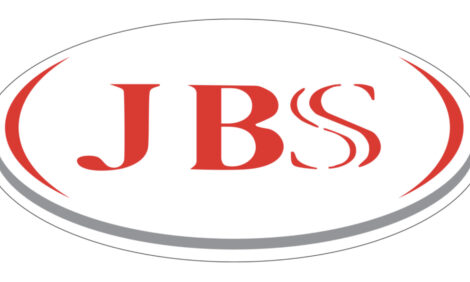



Perineal scoring first clue to pelvic organ prolapse in sow mortality project
A large research project involving 104 US sow farms and 400,000 sows is expected to identify factors related to the recent increase in sow mortalities caused by pelvic organ prolapses.Funded by the National Pork Board, the project has already identified indicators of prolapse in late-gestation sows, according to Jason Ross, PhD, director of the Iowa Pork Industry Center, Iowa State University.
Based on the indicators, researchers developed a perineal scoring system for sows that determine if a sow is at high or low risk for prolapsing during the upcoming farrowing, Ross told Pig Health Today.
“Sows that have a perineal score of what we call a 3, compared to sows that have a 1 or a 2, are at much greater risk of prolapse than the 1s and the 2s,” he said.
“That’s an important component of the project, because it enables phenotypes that we can go in and collect biological samples on before a prolapse even happens,” he added.
Wide range of factors
The research project originally looked at more than 100 different factors potentially involved in prolapses, from specific feed ingredients to animal management to body-condition scores.
“Honestly, I don’t think we’ll find a single factor that is the root cause of pelvic-organ prolapse in US sow farms,” Ross said. “What I think we’ll probably see is there are some factors that…increase the risk for certain sow farms.”
Some factors have been ruled out, including tail-dock length. “A lot of folks have talked about tail length in association with prolapse,” he said.
After measuring tail length of 5,000 sows on 62 different farms, they found no strong correlation between tail length and the incidence of pelvic-organ prolapse. Disproving theories also is part of the project’s objectives, Ross added.
Weekly reporting
The independent farms and large hog systems involved in the project benefit by receiving weekly reports about the project from the Iowa Pork Industry Center.
“We provide information back to them so they can see how their farm is doing with respect to mortality…and pelvic-organ prolapse, and compared to what happened in the rest of the industry for the same week,” Ross explained.
The project will continue to analyse data and work toward solutions for reducing sow prolapses. “We would like to stay on it and pursue it until we’re making an impact and mitigating the prolapse in the industry,” he added.






